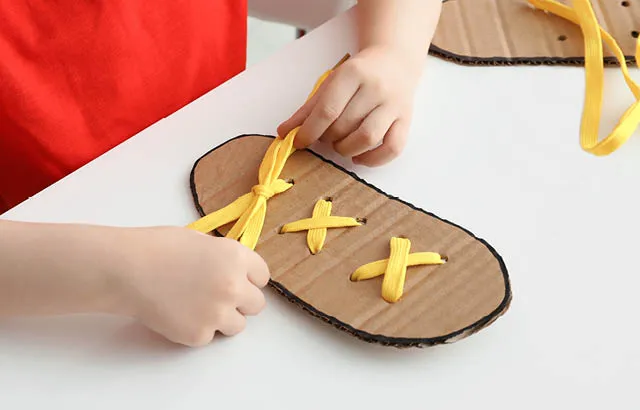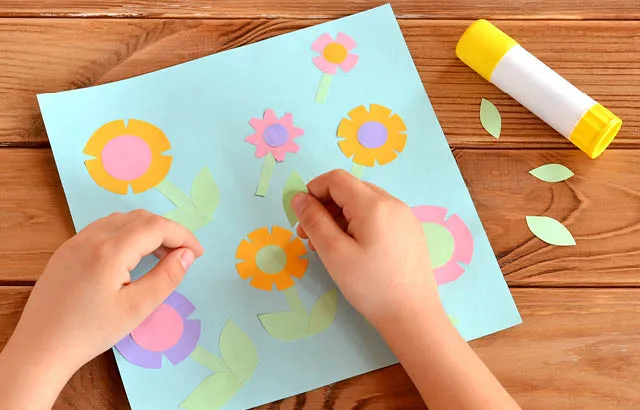Skills that make starting school easier
The transition from kindergarten to school brings new challenges and learning requirements for children. The school's task is to take up the children's preschool experiences and organize the transition in a child-friendly way. Important foundations for a successful start to school, including motor, cognitive, social and initial maths skills, are developed in early childhood. At school, these skills usually require intensive individual support to develop, meaning that certain developmental processes cannot be transferred exclusively to educational institutions. As the most important caregivers, parents make a significant contribution to a positive start to school by providing their children with the necessary experiences and appropriate support during the preschool years. Children learn through personal experiences in everyday situations and while playing at home or in the playground. Shopping together, playing a board game, naming colors, tidying up craft materials, tying a bow or playing ball games with other children are just a few examples. This list gives you an insight into the skills and abilities that make it easier for children to start school. You find more practical suggestions in the ›Support activities‹ section.























































